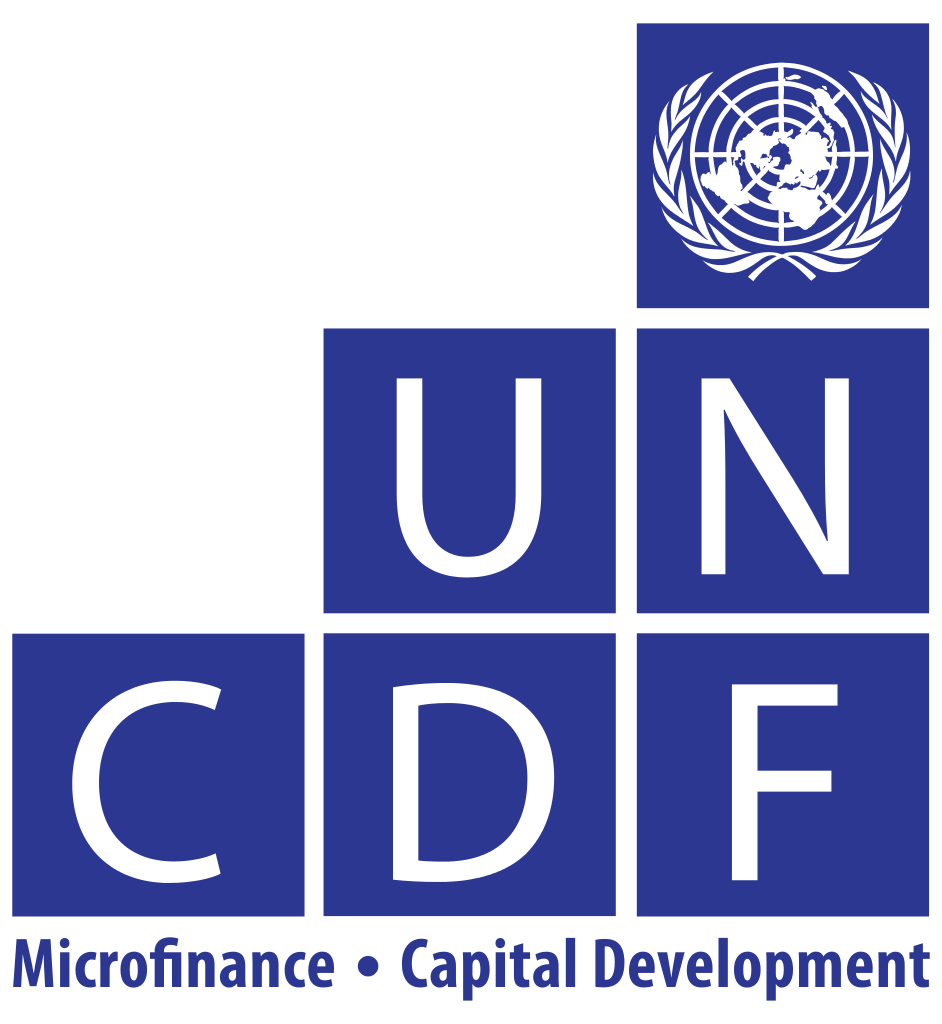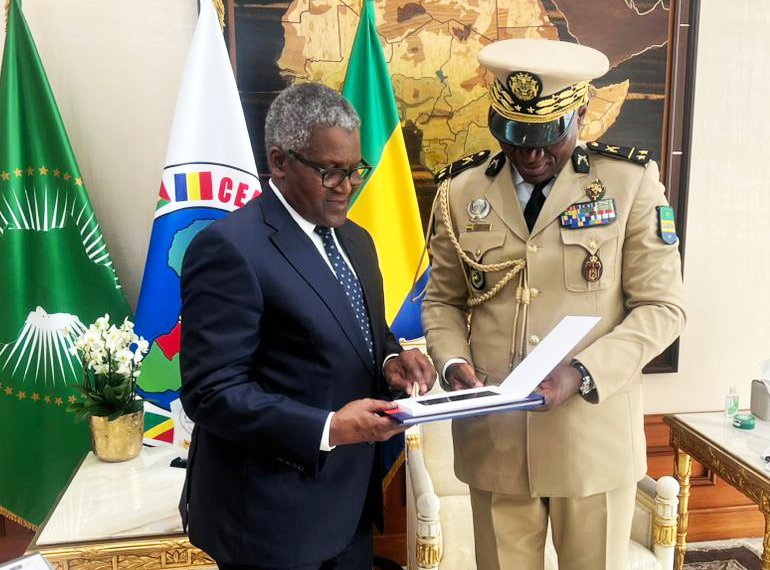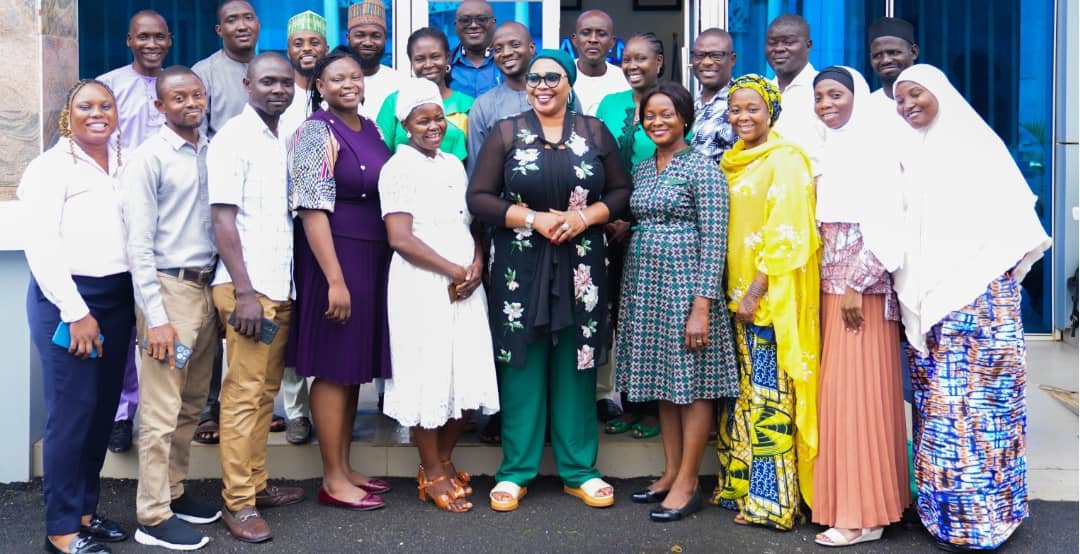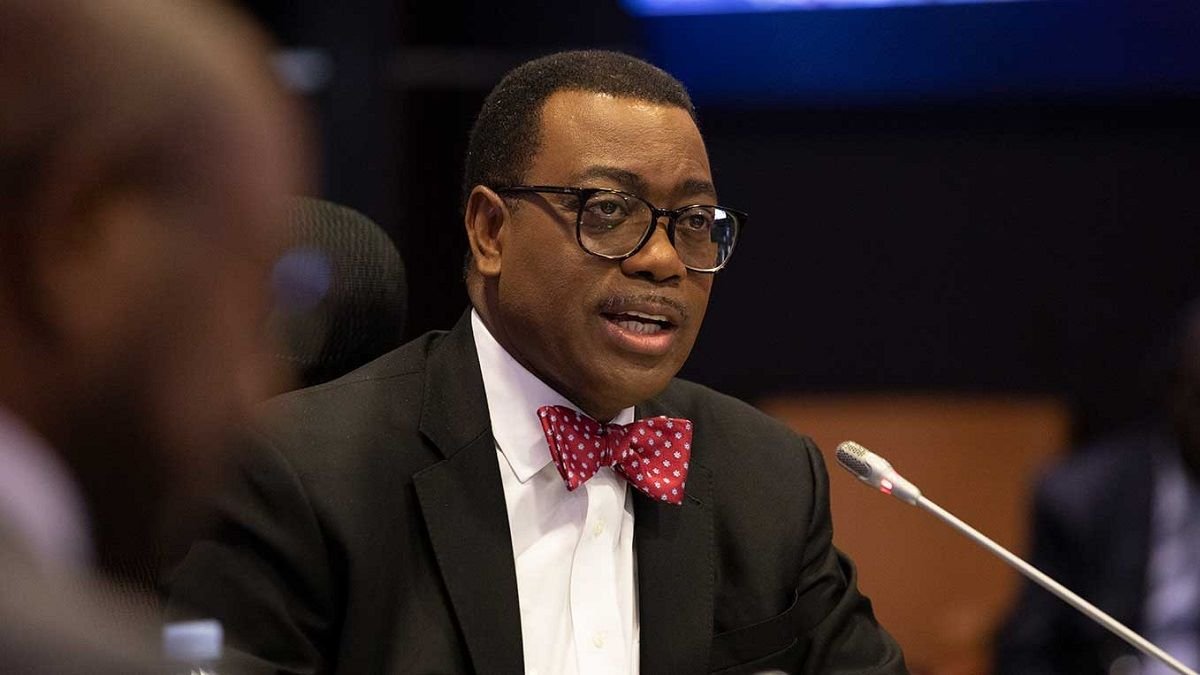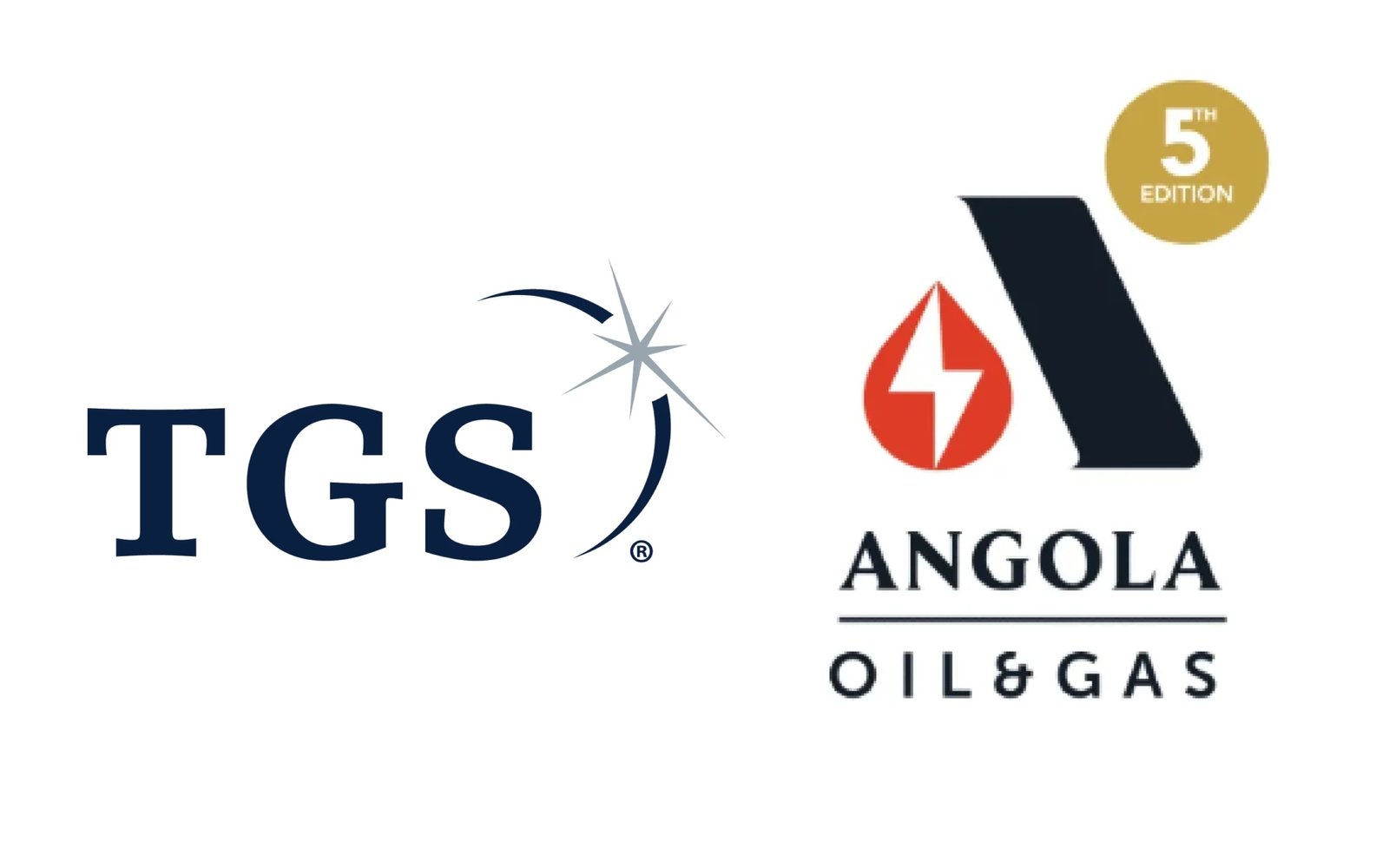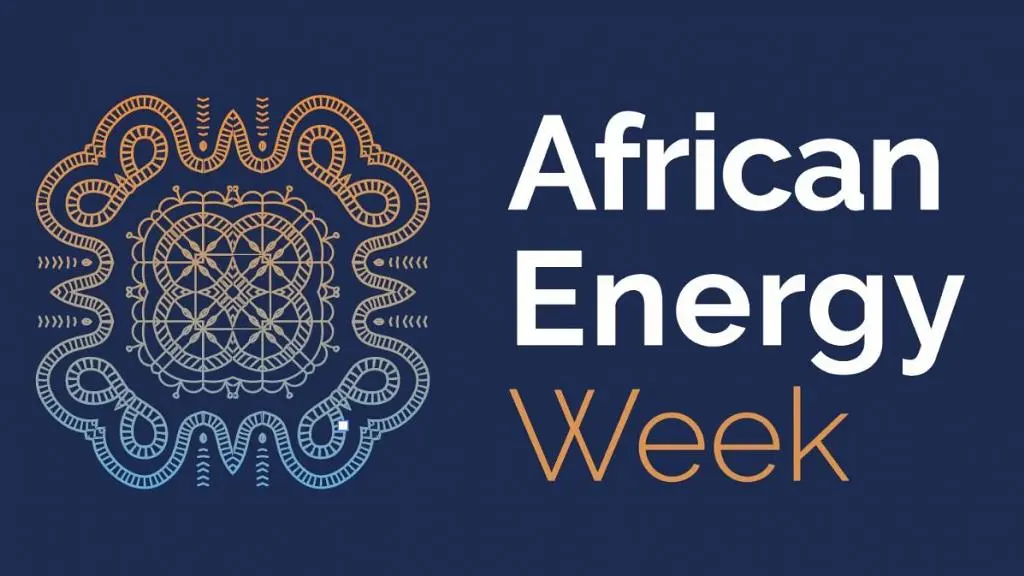The village well that supplied previous generations of Fatou Sey’s family and their animals with drinking water had begun to run dry, leaving her and her children sickly and weak. All that changed when a community-led climate adaptation project set about harnessing the power of the West African sun to bring clean water from deep below the ground, right into her family compound.
A widow with children still in school, Ms Sey makes a living as a petty trader and smallholder farmer with a small rain-fed plot and a few animals in Sare Alpha some 150 km inland from The Gambia’s breezy coastal capital Banjul. Until the new water project, sourcing, collecting and carrying soil-red contaminated water occupied much of her time and left her family ill. Even her small herd of cattle began to suffer.
“During those days, we were not well – the children and even the adults would get sick with diarrhea. We are much healthier, because of the water,” said Ms Sey, seated outside the home where she was born and where she has raised eight children.
“The animals would also suffer,” she added. “With water in such short supply, I would find water for myself and the family first before carrying water for the animals.”
“The water was red, my clothes were red from washing them in the dirty water,” said Ms Sey, resplendent in an indigo dress and matching head wrapper decorated with bright white patterns, “But now you can see the water is clear, my clothes are clean and our skin is also clear too.”
Average temperatures in The Gambia have risen by 1.0 degrees Celsius since the 1960s while rainfall in the rainy season (July, August, September) has decreased at an average 8.8mm per month per decade over the same period, according to the World Bank. As a result, access to water for drinking, caring for livestock and for farming is a growing problem for rural communities across the country, even though water is never far away: The Gambia, the smallest country on continental African, is a strip of land measuring 48km at its widest and dissected by a broad navigable river.
“The Gambia is one of the most [climate] vulnerable countries in the world and one of the most vulnerable countries in mainland Africa; partly because we depend largely on agriculture,” said Bubacar Jallow, Deputy Permanent Secretary in the Ministry for Environment, Climate Change and Natural Resources.
“Seventy percent of Gambians are directly or indirectly involved in agriculture, out of that 70, ninety-eight percent depend on rainfall for the source of water – and we’ve been seeing decreases in rainfall.”
According to Mr Jallow, Gambians have experienced a step-change in rainfall totals since a severe drought in the 1970s, with some regions recording as much as a 30% reduction in rainfall totals. The impacts are wide ranging, and devastating.
“[The reduction in rainfall] affects their livelihoods… and increases poverty,” said Mr Jallow, explaining that rising poverty has negative consequences for the natural environment, creating a vicious cycle of environmental degradation. “Our national forests are in danger of people cutting trees for timber sales, which are banned by the government, but also for charcoal production.”
“People have to feed their families in the end,” said Mr Jallow. “And they have to have a source of income.”
The Local Climate Adaptive Living Facility, or LoCAL, has realised 166 projects in The Gambia across 32 wards, enabling each participating community to take action and adapt to the impacts of climate change in the way that best meets their needs. LoCAL is designed and managed by the UN Capital Development Fund to channel climate finance to local government authorities, building capacity and supporting decentralisation for resilience building that is locally led.
Water infrastructure projects make up the bulk of LoCAL investments in The Gambia, including drinking water provision projects or investments that support agricultural activities such as rearing livestock and irrigating market gardens. A single project can transform the lives of many hundreds of people – the water infrastructure investment in Sare Alpha benefits all 800 of the villagers who live there, as well as their 200 head of cattle.
“The Ward Development Committees come up with the projects that they want to develop, and their list of priorities is developed after carrying out consultations with two representatives from every village – a man and a woman,” explains Sanna Sonko the UNCDF field officer who has worked with the community in Sare Alpha to identify their needs and plan a sustainable course of action.
In Sare Alpha, the solution the local government has put in place using LoCAL funds includes the construction of a raised concrete tower to house three 5,000-litre water tanks. The height provides enough pressure to push the water through a system of pipes laid through the village to deliver water to every home. A solar-powered pump draws the water from 35 metres below ground, accessed via a new borehole.
To make sure that the system is sustainable, every household contributes 500 Gambian Dalasi per year, or the equivalent of about US$8, to cover any repairs. Already the community has 32,000 Dalasi in a special bank account – when the account is 200,000 in credit they have calculated any additional funds can be re-invested in the community.
The total cost of the borehole, pump, solar panels and water tanks came to about US$15,000, received to the local government via a LoCAL Performance-Based Climate Resilience Grant and funded by the European Union through their support to the Jobs, Skills and Finance for Women and Youth in The Gambia Programme. The local government procured local companies to carry out the works and a cash for work scheme employed village residents to carry out some of the manual labour, such as constructing the housing for the water tanks, injecting some much-needed wages into household budgets.
Sheltering from the gathering heat of the sun, Alieu Sey, 85, is the Alkhalo or village chief of Sare Alpha. He remembers when he was young, before the impacts of climate change had begun to take their toll, how the annual rains were reliable and plentiful.
“We had so much rain we would wait for the first rains to fall before we planted our crops as they would be ruined from too much water,” he said in Wollof, one of the languages spoken widely across The Gambia and neighbouring Senegal.
These days the community works the dusty and dry soil, planting the groundnuts ahead of the rains to ensure they can absorb every drop that falls from the sky. They’ve also switched crop varieties, taking advantage of quick-growing strains where possible and abandoning the late-season millet entirely as they no longer receive the four months of steady rain needed to produce a good harvest.
Despite making changes to which crops they plant and when they plant them, Mr Sey’s community could not adapt or manage its way out of the water crisis alone and he felt he was failing as the community’s leader.
“[Previously], I was not able to provide water for my community. The project has enabled me to fulfill my role as the community’s leader. I am very relieved – and grateful,” said Mr Sey, who has 20 children and is a great-grandfather many times over. “We now have water – water is life. So now all I wish for my community is peace.”


